Entry Category: Air - Starting with C
C-130 Crash of 1971
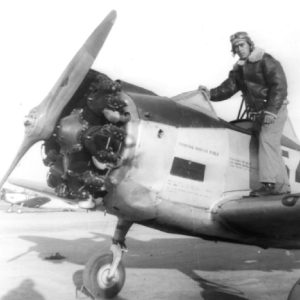 Cadet Pilot
Cadet Pilot
Camden Army Air Field
aka: Harrell Field
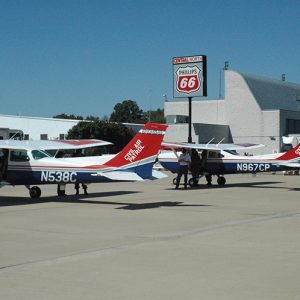 CAP Aircraft
CAP Aircraft
Coffey, Cornelius Robinson
Command-Aire
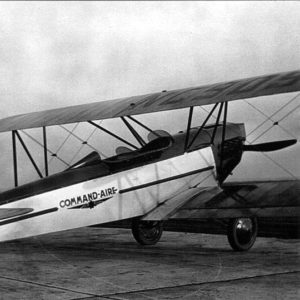 Command-Aire
Command-Aire
 Command-Aire 5C3-C
Command-Aire 5C3-C
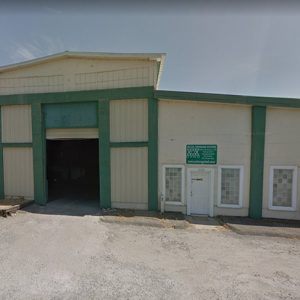 Command-Aire Building
Command-Aire Building
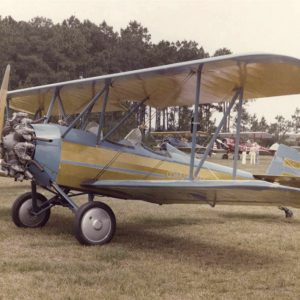 Command-Aire NC925E
Command-Aire NC925E
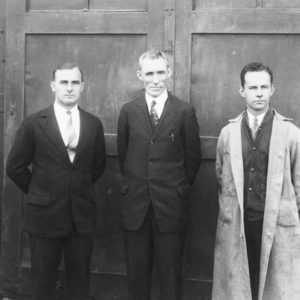 Command-Aire Personnel
Command-Aire Personnel
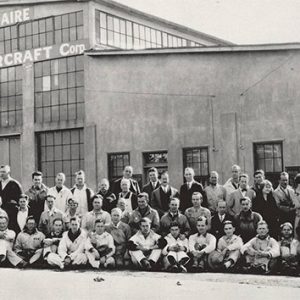 Command-Aire Staff
Command-Aire Staff
 Cone Trophy
Cone Trophy
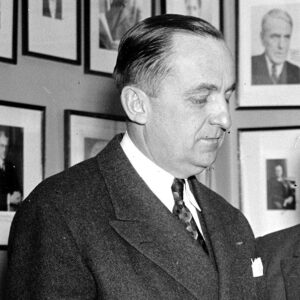 John Carroll Cone
John Carroll Cone
Cone, John Carroll
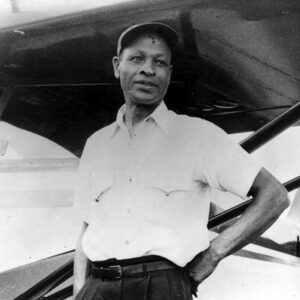 Cornelius Robinson Coffey
Cornelius Robinson Coffey
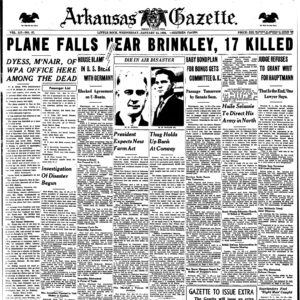 Crash Headline
Crash Headline
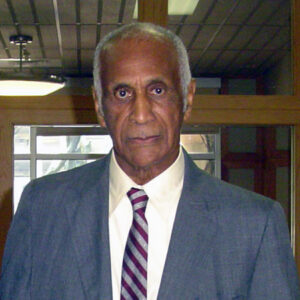 Milton Crenchaw
Milton Crenchaw




